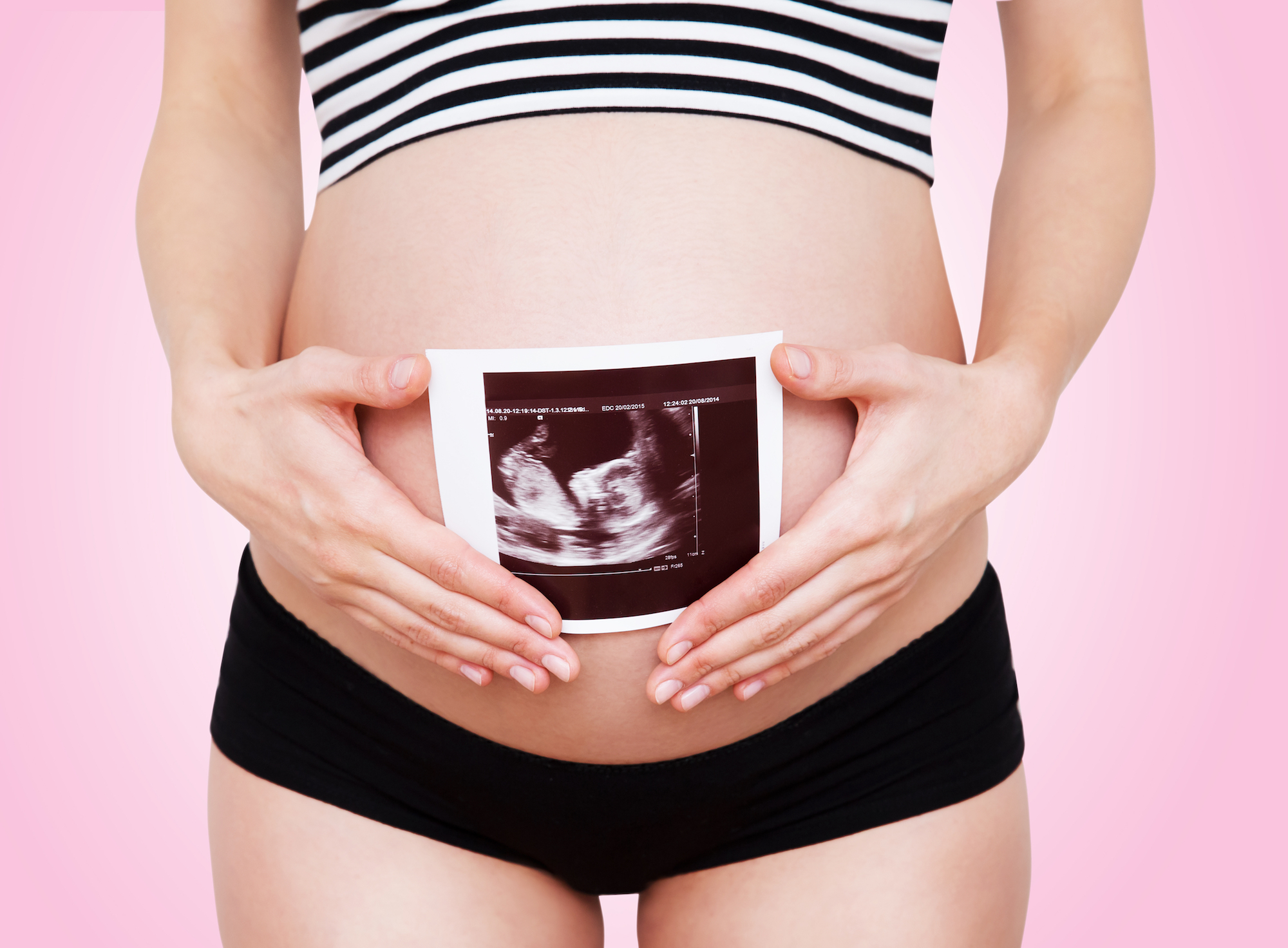The “combined test” is offered to all women as part of NHS pregnancy care. It is a test designed to help identify babies who are affected by the three most common chromosomal conditions, Downs , Edwards and Patau’s syndromes. Many people find it hard to get a clear answer about what does the combined test result mean. As with all tests in pregnancy, it is optional, although many people do not realise this. Ideally, before having this test you would consider if this is information you would want to know. What might it mean for you if it was thought that your baby was affected by one of these conditions?
I am often contacted by people asking what does the combined test result mean. Some are worried by the result, some don’t know whether they should be worried or reassured.
Screening or diagnostic?
It is important to understand the difference between screening and diagnostic tests. A screening test seeks to identify those who have an increased chance of a condition (probably yes or no), a diagnostic test gives a definite yes or no.

Screening tests vary widely in how good they are. This has been discussed widely in relation to tests for Covid-19. Screening tests are sometimes described as being like a sieve – you need to make the holes in the sieve the right size and shape to catch all the ones you want, but without catching lots who don’t need to be there.
The combined test is a screening test, a first stage test, which tries to identify who would benefit from more complex testing. It isn’t a very accurate or specific test and so will miss a proportion of affected babies (false negative result) whilst also giving a false positive result to many, suggesting that the baby may be affected by one of the conditions when it in fact has the usual number of chromosomes and is unaffected.
The combined test result is stated either has higher chance or lower chance. The NHS screening committee has set the line dividing these categories at a 1 in 150 chance. If your result is in the higher chance category, the NHS offers additional testing If your result is in the lower chance category, you may still wish to have an additional test, but would have to pay for that privately. I am happy to discuss what does the combined test result mean in a free phone consultation if you wish.
What do the numbers mean?
If the result says 1 in 100 chance for one of the conditions, it means that of every 100 people getting this result, one is expected to have a baby who is affected by this condition. To put it the other way, 99 will have a baby who is unaffected. It is a 1% chance that baby is affected, 99% chance they they are not. This is a higher chance result and you would be offered additional testing if you wanted it.
If the result says 1 in 200 chance, it means 199 of the 200 are expected to have an unaffected baby. The chance is 0.5% that baby is affected, 99.5% that it is not. This is a lower chance result and the NHS would offer no further testing. It is important to realise that your baby could be the 1 in those numbers. Screening tests do not tell you that “everything is ok”. What they can do is tell you that there is a low chance of specific conditions.
How you view these numbers is very personal and it can be really helpful to talk this over with someone who understands the calculation. The calculation is heavily influenced by the mother’s age (specifically the age of the woman when the egg was released/collected) but other factors have an influence and so it can be complex to compare your results in different pregnancies or with the results that a friend received.
Do you want further testing? Do you want NIPT?
For many years, the only option available for further testing was an invasive test (CVS or amniocentesis). These are diagnostic tests which can give a definite answer, but there is a risk of miscarriage associated with invasive tests which makes the decision very difficult for many people. There is now the option to have non-invasive testing (NIPT). NIPT is a screening test, but is very much more accurate and specific than the combined test. It will identify almost all affected babies, and has an extremely low false positive rate. If you are considering this type of testing, make sure you discuss in detail with your care provider so that you are clear what the level of reliability is in your particular situation. The NHS now offers NIPT to those who have a high chance result, but you may choose to have it done before or instead of the combined test, or after getting a lower chance combined test result.
I offer a home visiting service for NIPT across Sussex and parts of Surrey. I use the SAFE test, processed at St Georges hospital. Visits are available at a time to suit you, enabling a private and detailed discussion of your particular situation. This includes weekend or evening visits, and I encourage you to involve your partner, a family member or friend in the discussion if you wish. We discuss what does the combined test result mean, how it was calculated and how NIPT works differently to give a more accurate result.

